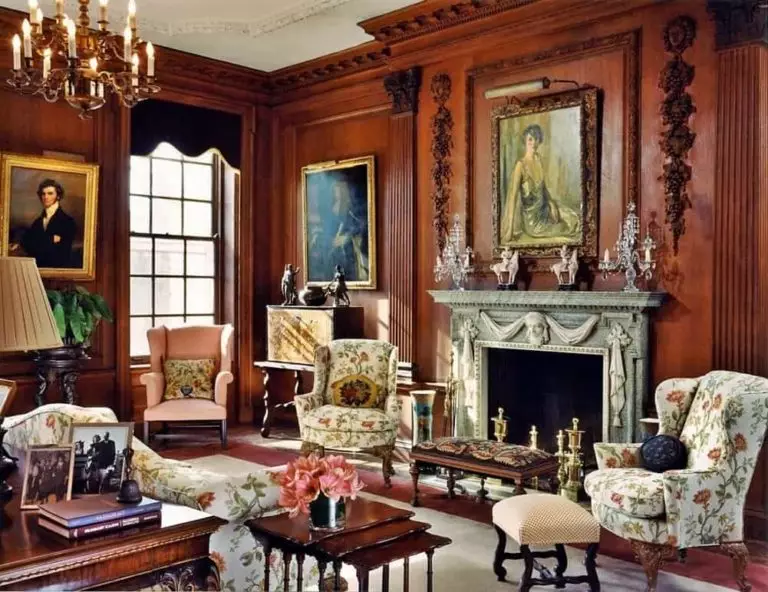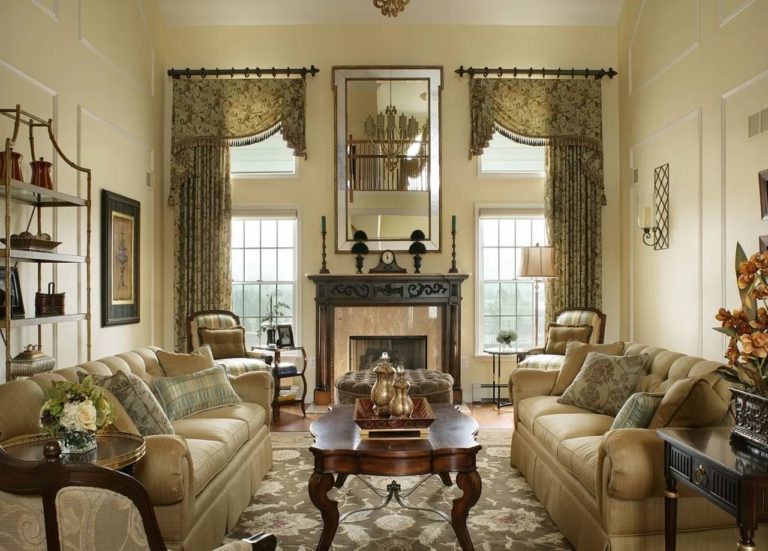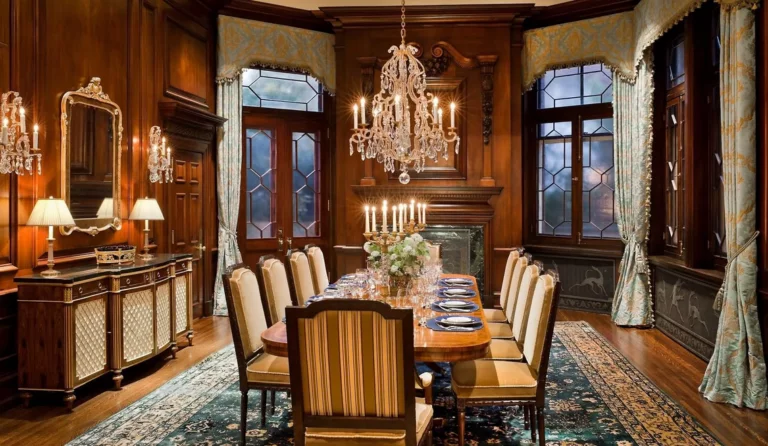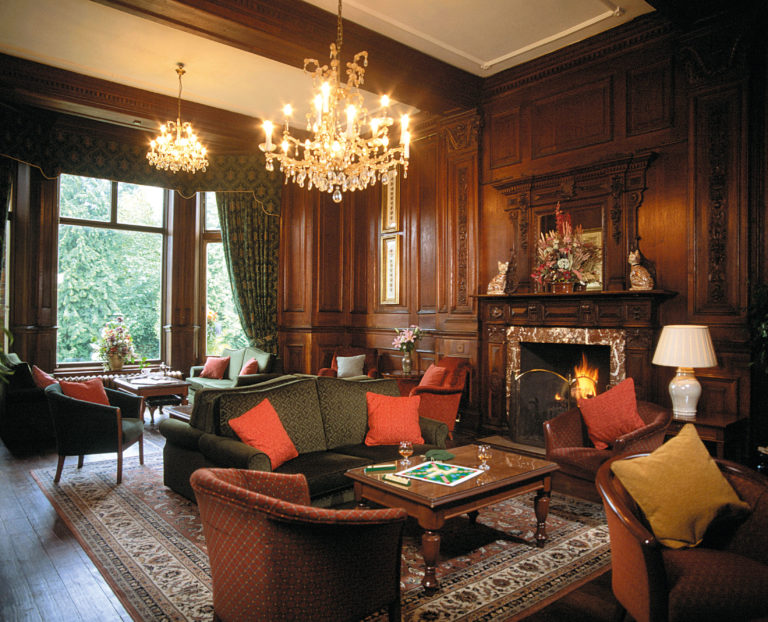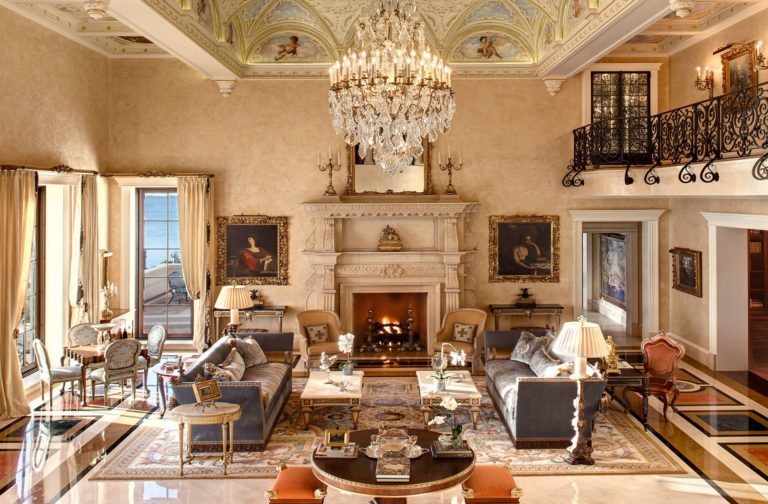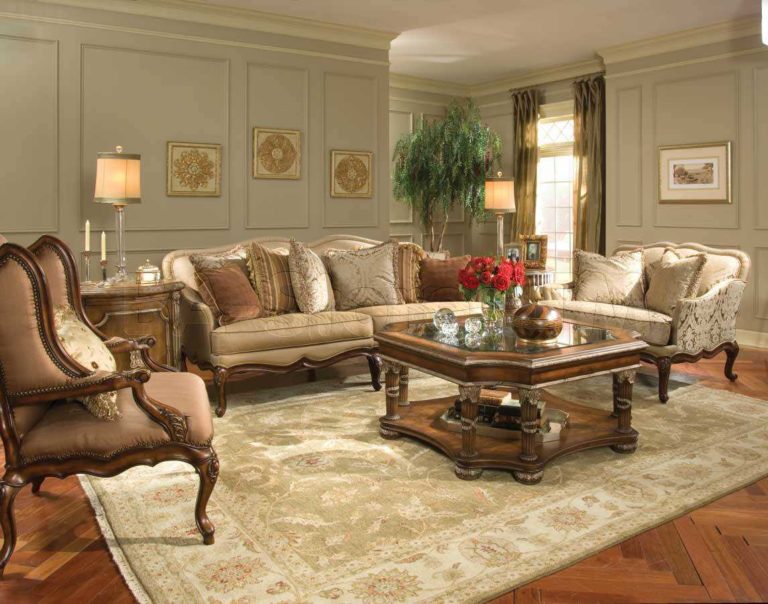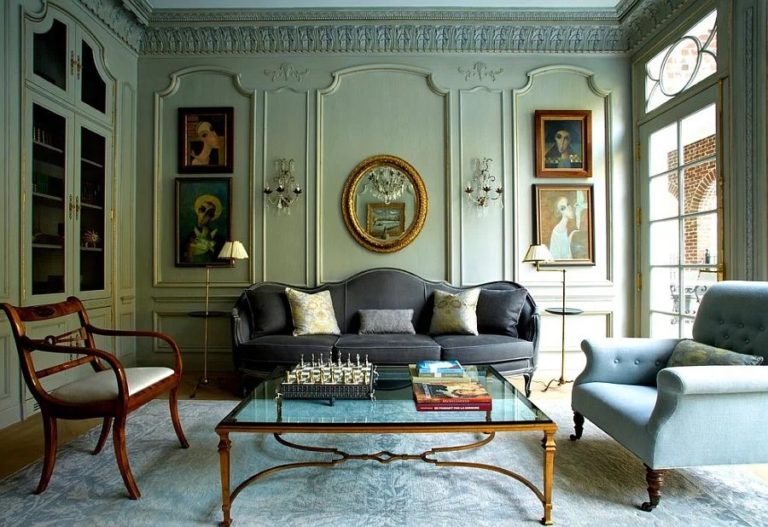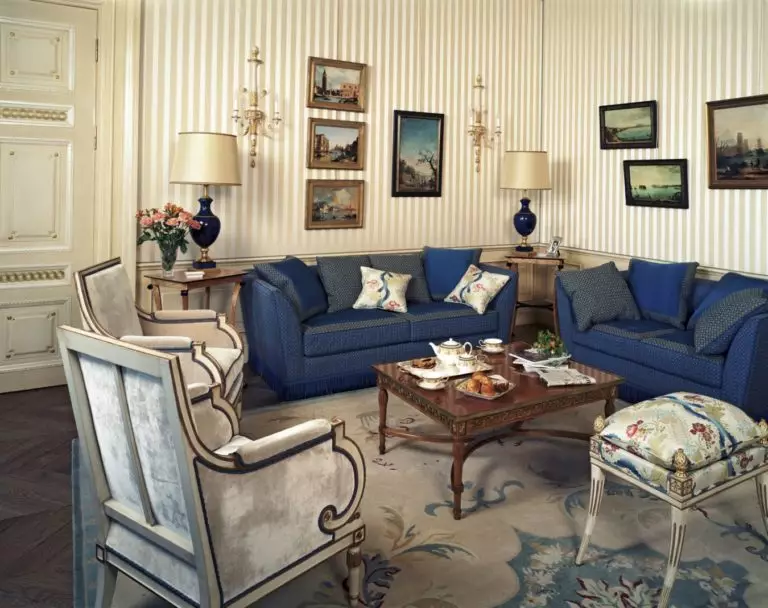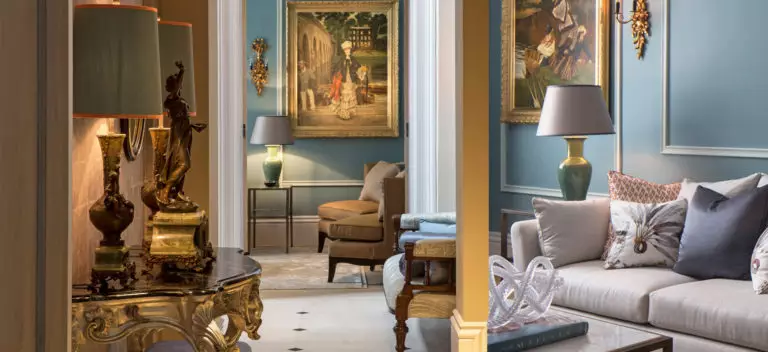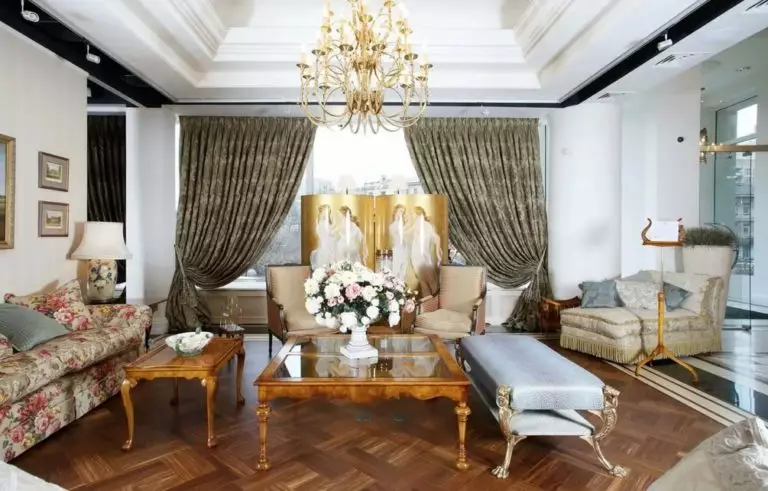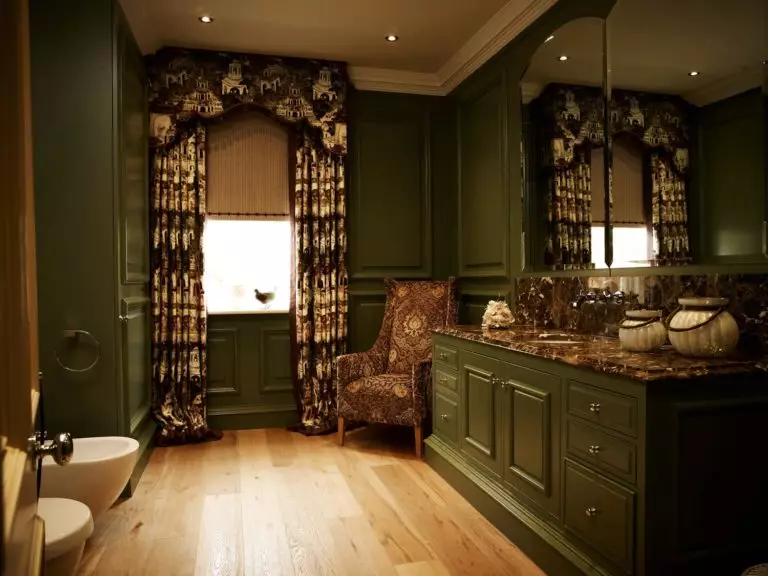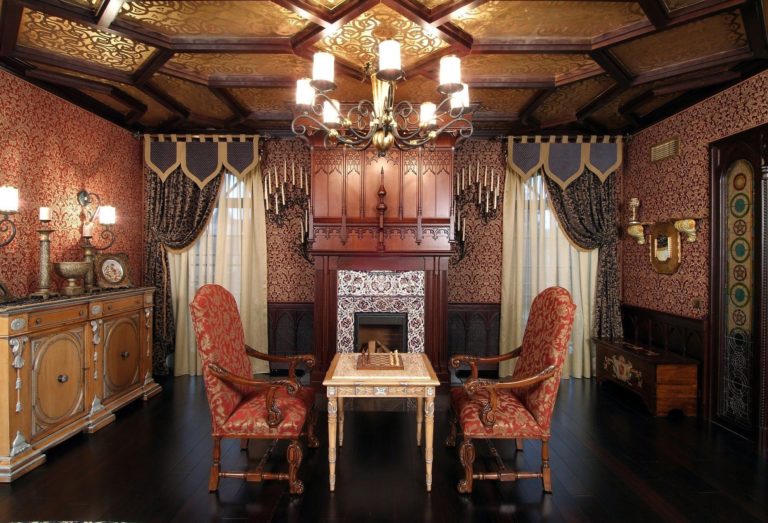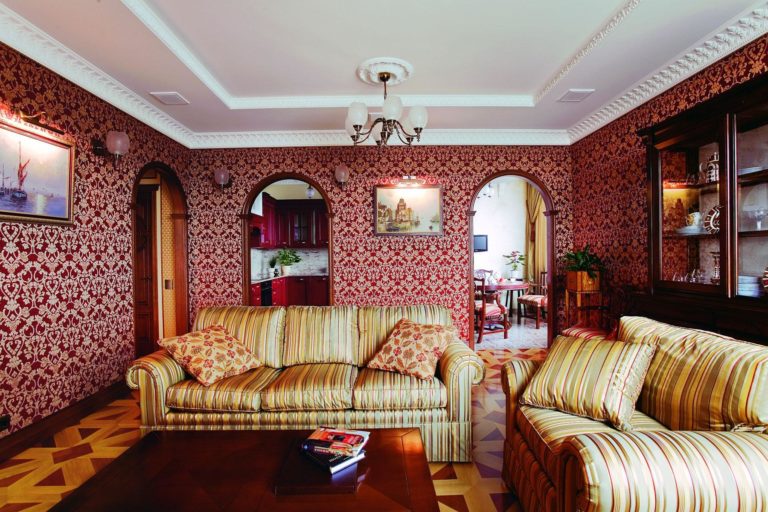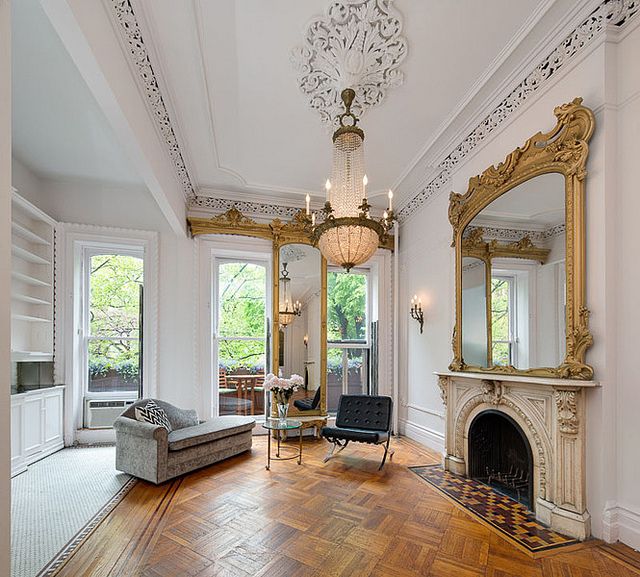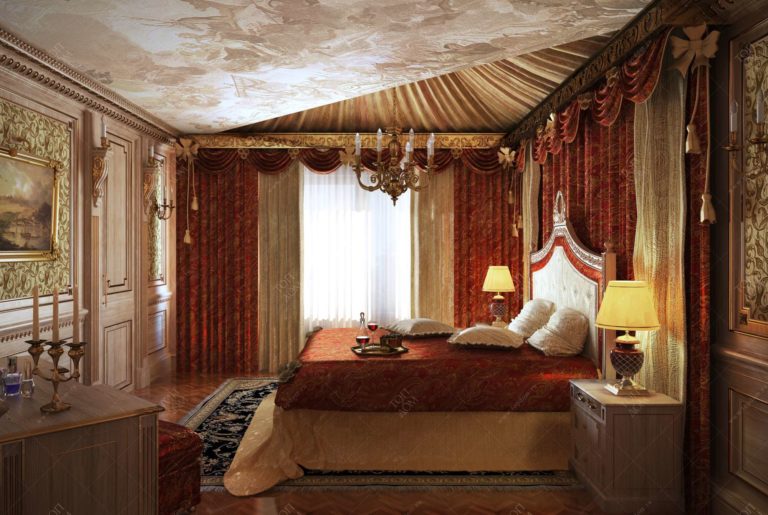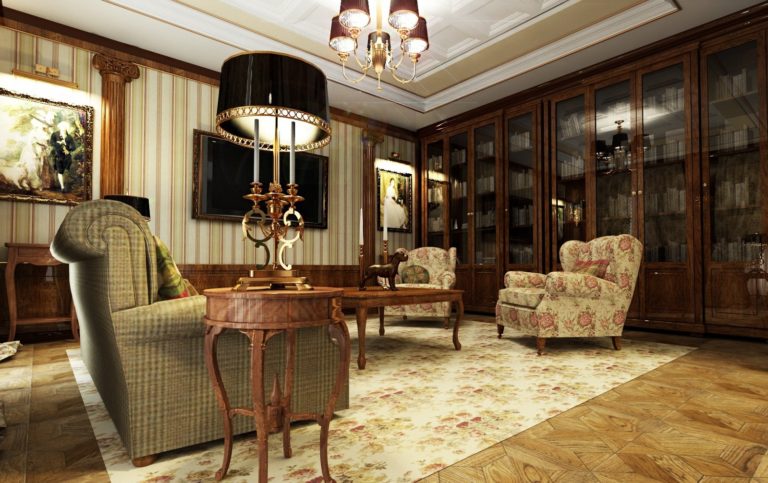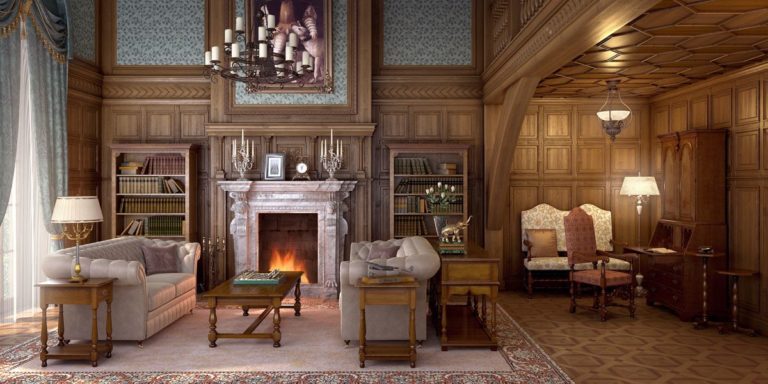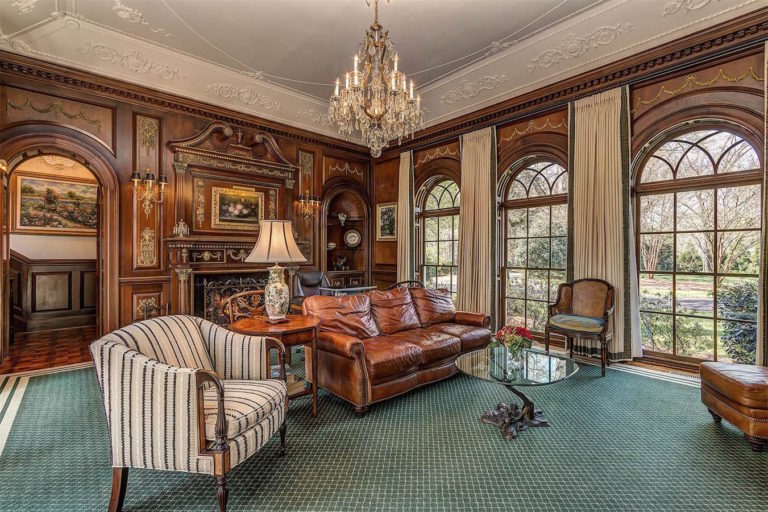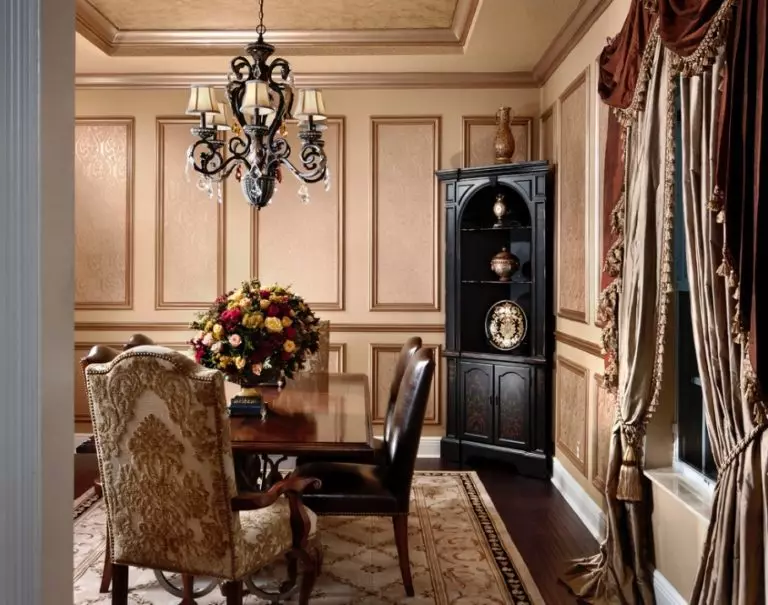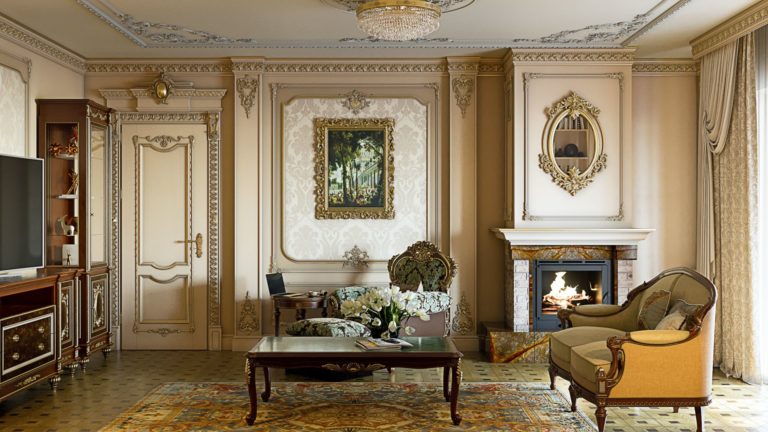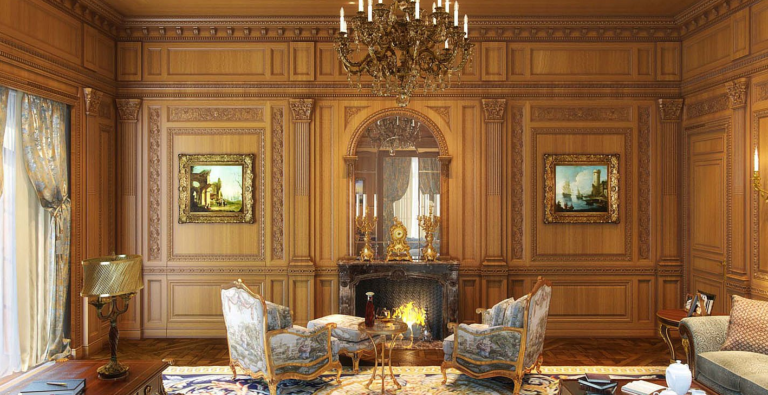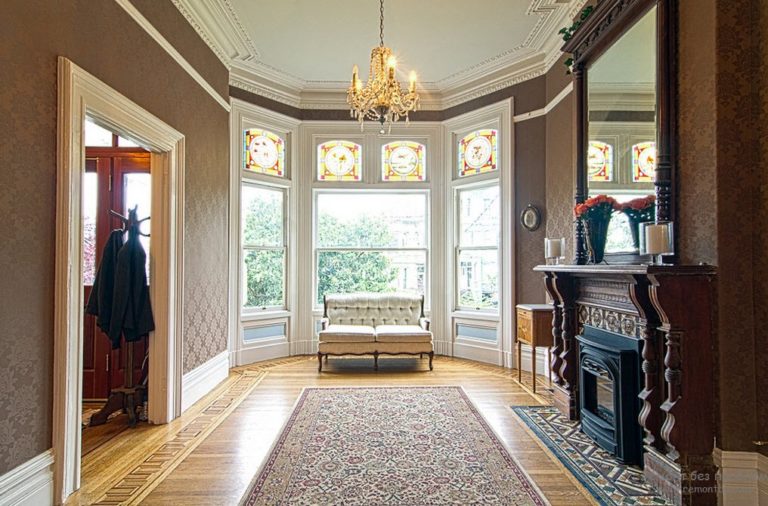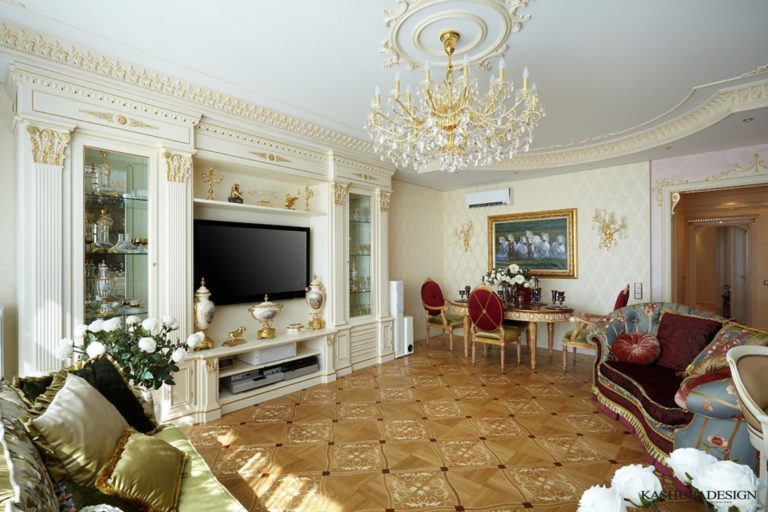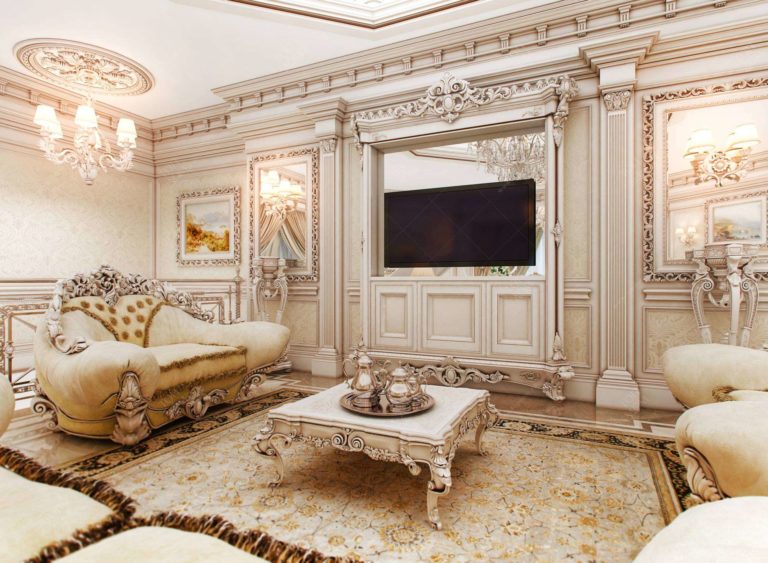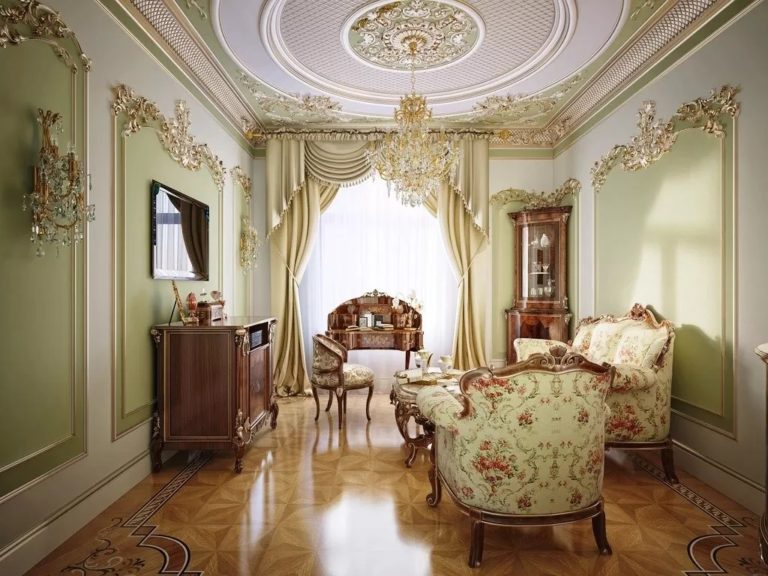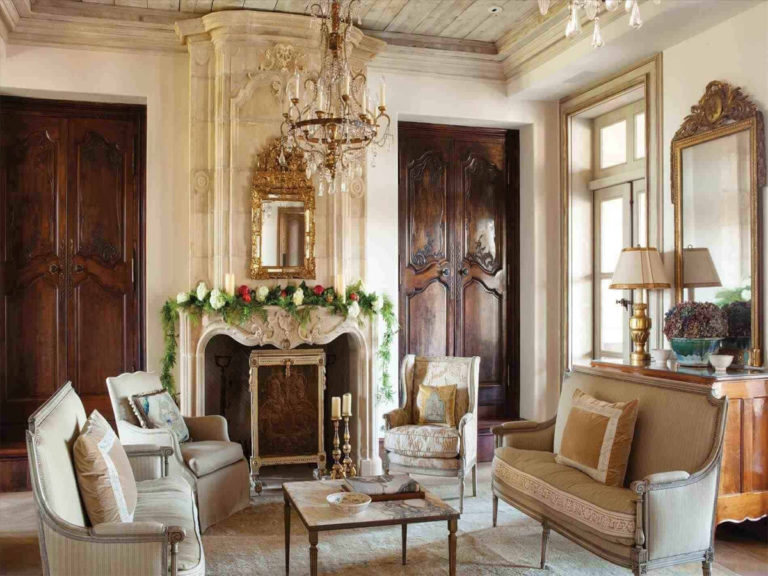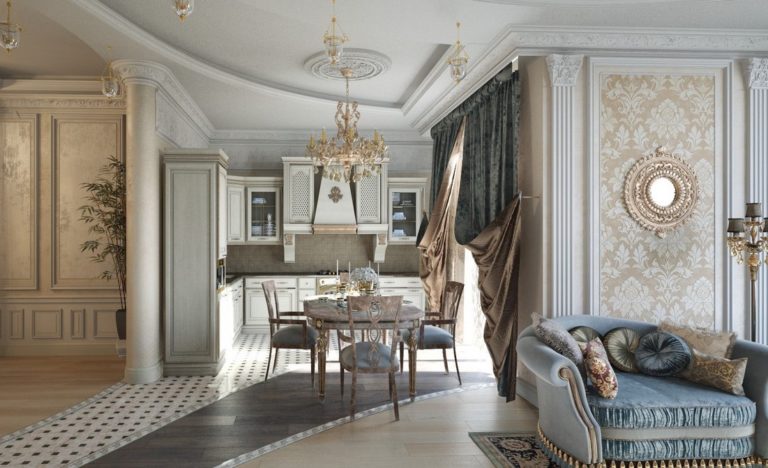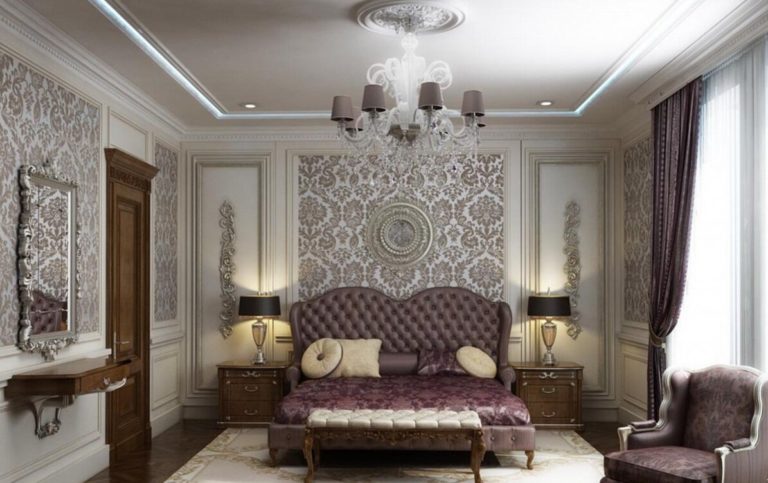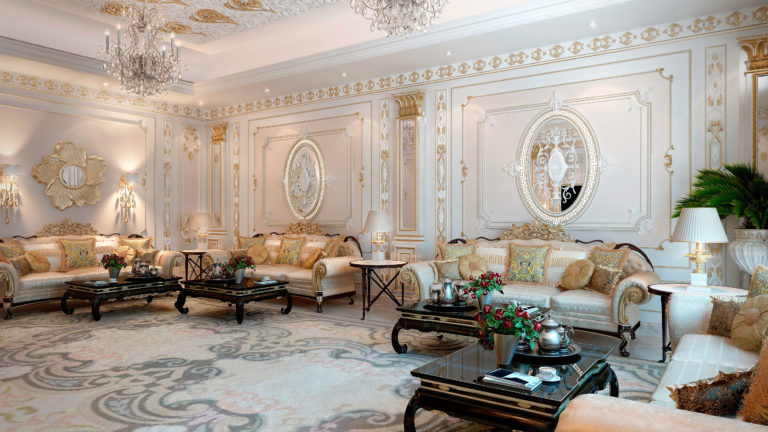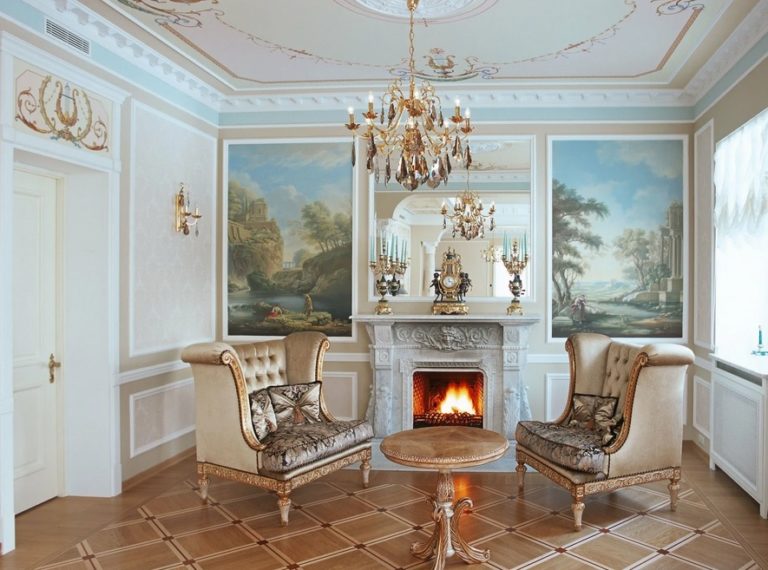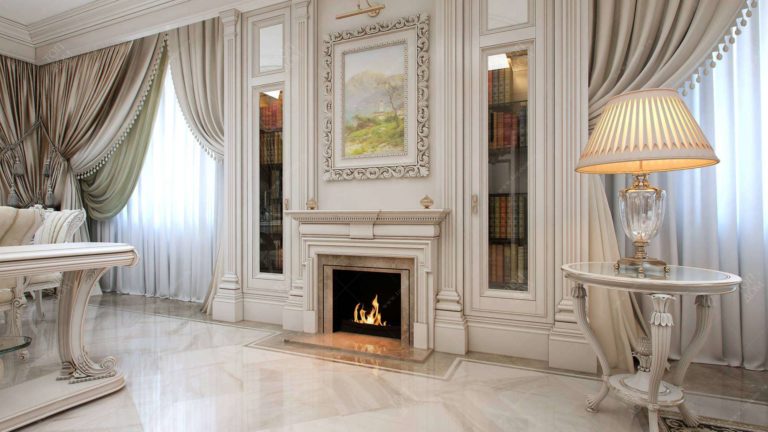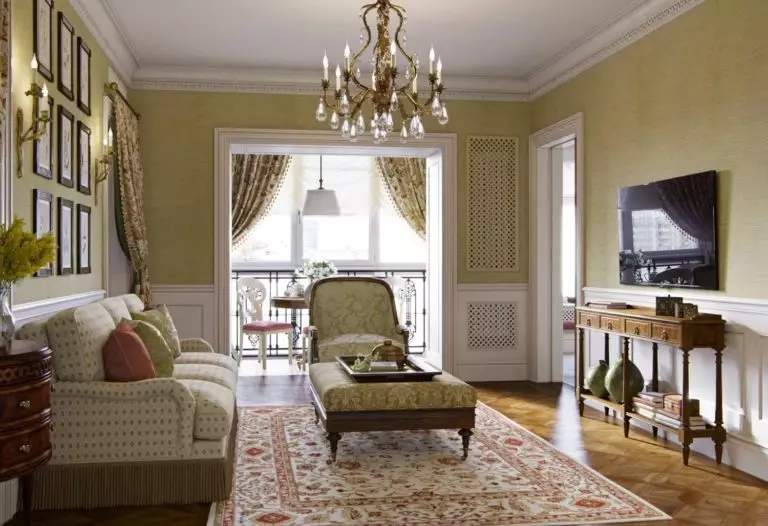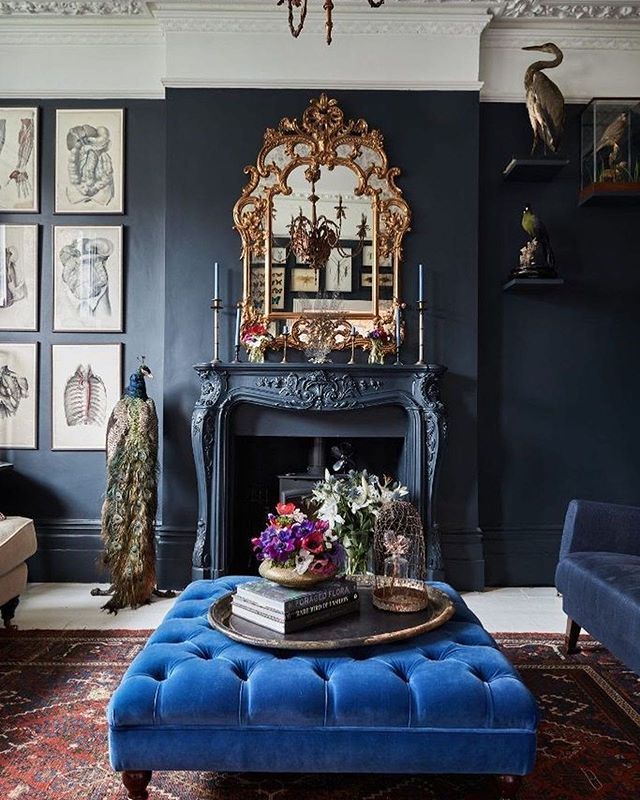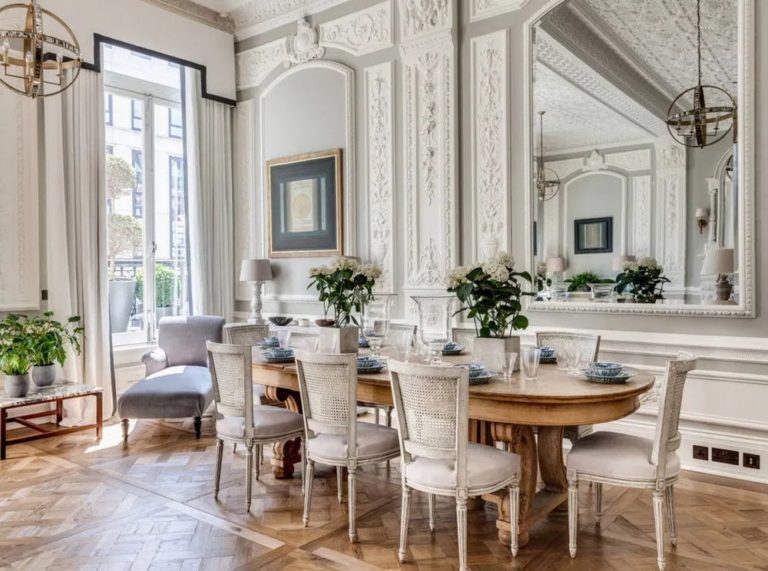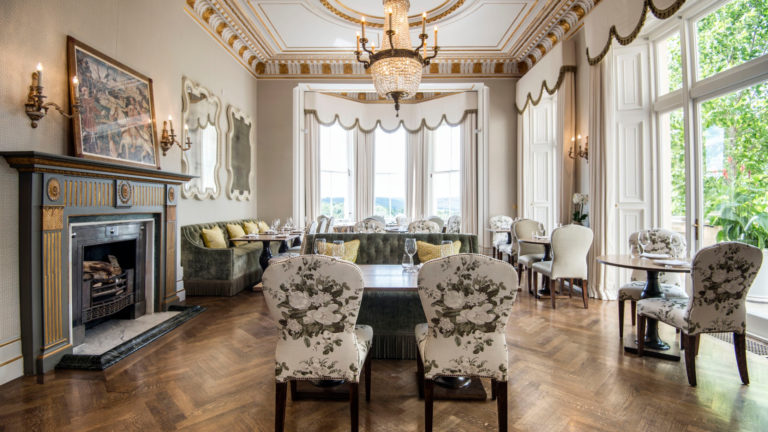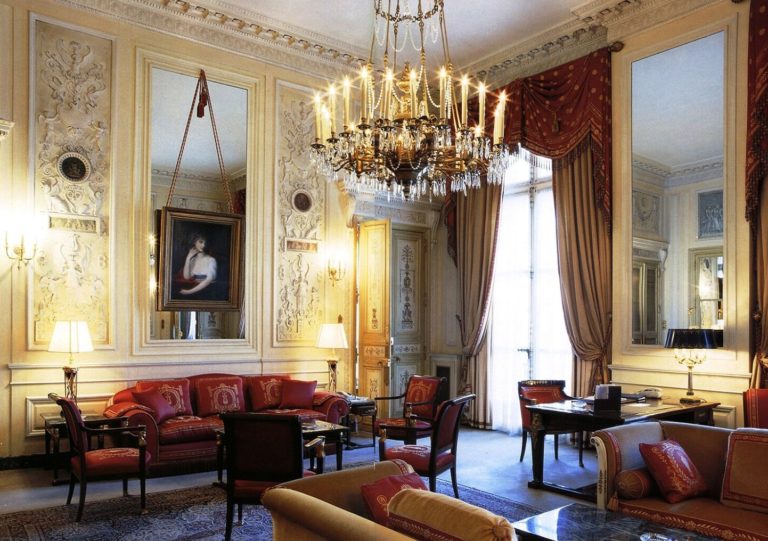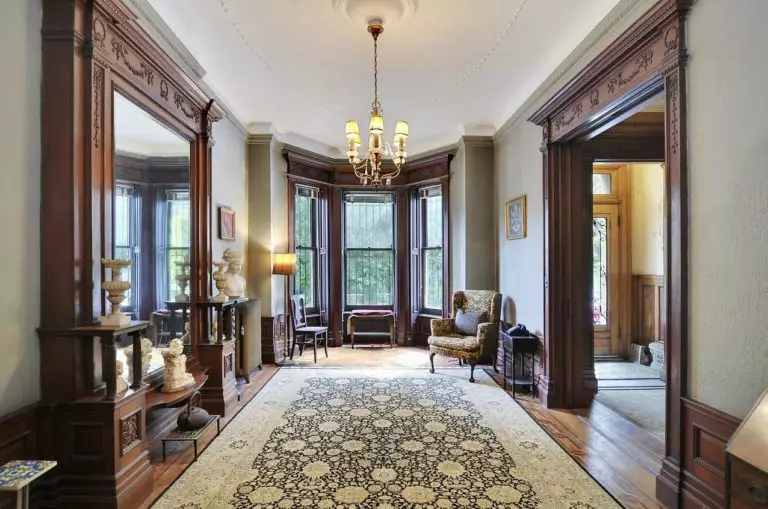
Fans of classic interiors know that this style includes several directions. American and English often fall into the list of popular trends. The baroque has become one of the brightest and most famous, even despite the loss of relevance.
Rococo, Greek, Romanesque, and Empire style – each of them became a symbol of a certain historical era. Although today they are in demand in a rather narrow circle of fans, the risk of their final disappearance is not too great. The same can be said about the Victorian style in the interior – a direction that marked one of the most important periods for England in particular and all of Europe in general.
Classical luxury with a tangible touch of eclecticism and ethnicity still attracts those who are alien to the asceticism and simplicity of modern minimalism. If you’re also keen on recreating the exquisite splendour of Victorian mansions in your home, it’s time to learn a little more about this design option.
History and key features of the Victorian style
This dramatic style began during the reign of Queen Victoria, who was on the British throne from 1837 to 1901. The Industrial Revolution led to strong economic growth and, consequently, the growth of the wealth of the upper and middle class.
At this time, mass production of luxury goods began, manufacturers presented new materials for decoration and fashion accessories. Wealthy and educated citizens have an opportunity to visit other countries, study their culture, art, and life. From such trips, they often brought unusual and exotic gizmos – as well as many new ideas for decorating a house. Gradually, the presence of ethnic decor and extraordinary solutions became not only a sign of financial well-being and the status of the owners but also of their broad erudition, an open view of the world, and a rich and interesting life.
Of course, today, it is not easy to recreate a Victorian interior exactly, both physically and financially. However, it is still worth trying to get closer to this exciting atmosphere of classic chic and elusive exoticism. Moreover, the features characteristic of this style are defined quite clearly:
With these principles in mind, you should implement designs that follow the canons of the Victorian era. True, in this case, it is recommended to use the services of a specialist who is well acquainted with the features and nuances of style and will draw up a high-quality project with the selection of materials, decor, and the development of a lighting scenario.
Color palette
Brown and burgundy became the obligatory colors in the interior of the Victorian era. However, experts distinguish three periods of the heyday of the style, each of which was characterized by a certain color scheme:
Today you can choose any of these palettes or use combinations of colors from different periods – almost all of them work well with each other, creating an enigmatic yet cozy atmosphere.
Finishing
Expensive and solid – the basic principles of creating a Victorian interior. It is quite logical that the finishing materials should be appropriate. Get ready to spend time and effort searching for them: often, the necessary compositions and coatings are not widely available. Therefore, it takes a long time to select and order them.
Walls
The wall decoration in Victorian interiors has been very effective since the early years of its existence. Even then, factory-made wallpapers were in vogue, and manufacturers customized their designs to customers’ needs, offering a bright palette in combination with lush patterns and ornaments. Also, the walls were decorated with fabric, preferring tapestry or colorful silk.
In the late 19th century, the English engineer Walton introduced a new material called lincrusta. This three-layer wallpaper with a paper base, stucco pattern, and a layer of paint on top looked like a real innovation, and later they decorated the walls in Buckingham Palace.
Finding a lincrusta is not easy today, but you can choose from the following materials:
Floor
The most authentic material for the Victorian interior is the parquet made of expensive wood, laid with a beautiful geometric pattern. A little later, the British, inspired by the West Indies’ colonial exoticism, began to lay decorative tiles in bathrooms and halls. Today the floors in such interiors are designed as follows:
Matching the floor’s color with the color of the furniture and walls is extremely important for a design in this style, so take care of the exact shade match in advance.
Ceilings
Precious wood beams, luxurious stucco moldings, arches, and caissons – these are the ceilings typical of Victorian residential buildings. Today, repeating this will not be cheap. If you have no desire or opportunity to do this, then a plastered white or beige ceiling combined with expensive carved baguettes and baseboards will look quite organic. That’s more than enough: luxury ceiling lights do the rest.
Furniture
It hardly needs to be said that the furnishings are responsible for creating the atmosphere of the aristocracy and luxury characteristic of the Victorian style. At the same time, the furniture is quite rich, varied, and includes the following elements:
Also, do not forget about wooden coffee and accent tables, large luxurious chests, consoles, dressers, and beds with a magnificent voluminous headboard. No less important for the Victorian style is the fireplace, which can be decorated in strict neoclassicism or pick up the traditional design – with an elaborate surround and an exclusive forged grate.
Decor
More and more – fans of the Victorian style considered the richness of the decor an integral indicator of excellent taste. Following similar principles, get ready to decorate rooms in your home on a massive scale with the following accessories and lighting elements:
Victorian interior design: Conclusions + Photo gallery
The Victorian-style interior is by no means for those who love change and constantly strive for something new. If you value the stability, reliability, and warmth of your home, love luxury, and strive to surround yourself with beautiful things with history, this design will be a harmonious reflection of your views on the world.
